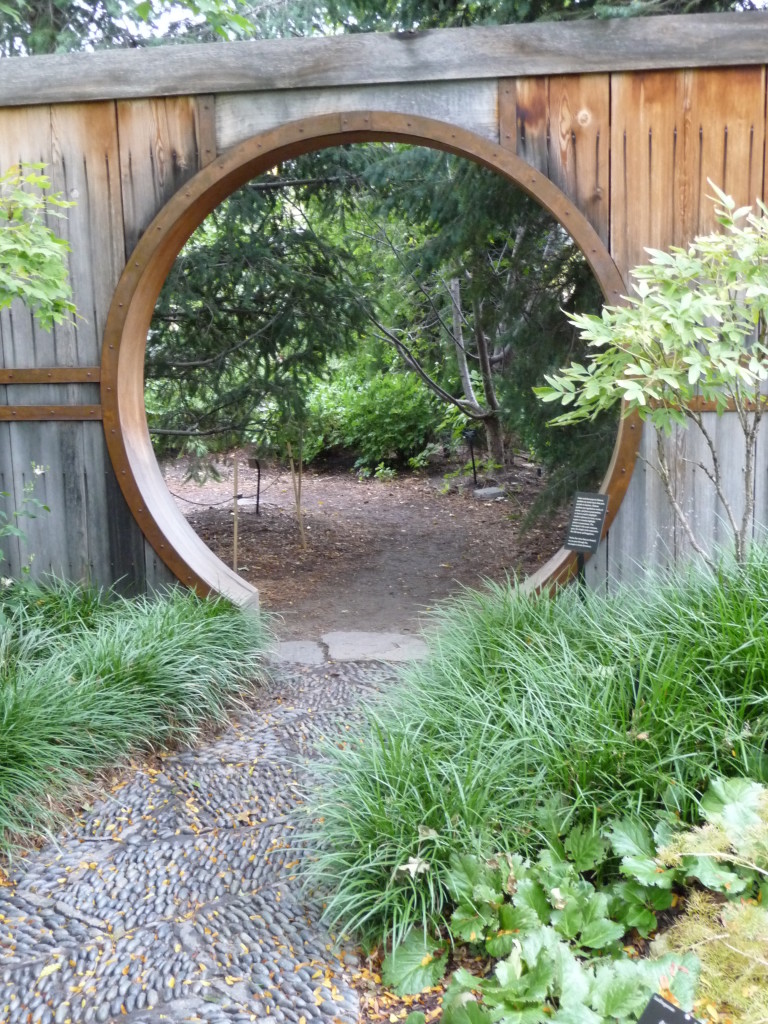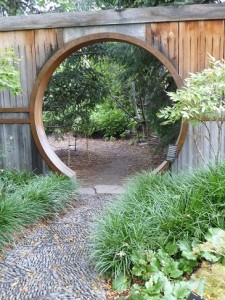If you live in an area newly effected by drought, you may have some questions about the water situation such as:
- What IS a drought?
- How should I irrigate/water during drought?
- Do I need to pull out my lawn? I’ve heard it’s “bad.”
- Should I turn off my water and let my plants die?
- What about the trees in my landscape? What should I do for them?
A drought is defined as an extended period of time without water. Water below ground is usually at all-time lows. A drought can last for several months to several years.
Many plants can survive a drought surprisingly well. Think of old roses planted in cemeteries hundreds of years ago that are still alive. They aren’t thriving…but they aren’t dead either.
Since we’ve had so little rainfall and hardly any snow pack, some counties are asking residents to limit watering days or asking them not to water at all. Other county residents haven’t been asked to do anything at all yet, but they may be in the future. Strict fines may also be enacted for those who break the watering rules.
The best way to water during a drought (or any other time) is “deeply.” Deep watering is when you use a hose, soaker hose or drip irrigation system to thoroughly water the root zone of your plants.
The key to deep watering is to water slowly. Watering slowly allows water to penetrate the soil and eliminates the chance that water will run off into the storm gutter. It also ensures water goes deeper than just the top few inches of soil.
But how do you know if you are really deep watering? The answer is: you’ve got to dig/check to find out. Use a shovel or a screwdriver to see what’s going on underneath the surface of the soil. Don’t assume you are watering effectively until you investigate. More about this later.
Should I Pull Out my Lawn?
Before you do anything drastic like pull out your lawn, you may want to do an “audit” of your landscape. Ask yourself:
- When do my sprinklers come on?
- How long do they run?
- Am I watering plants or pavement?
- Could I water less and still have a nice lawn?
- Is there a geyser in my yard when I’m not home?
If you don’t change how you water, it’s possible you may replant your yard with natives and/or Mediterranean plants and still use the same amount of water. Remember, installing a new landscape may take more water than maintaining an established one. Find out how much water you use now and see what you can do to use less. Watering three times per week? Try two and see what happens. Watering the pavement? Try breaking up your watering into shorter shifts, i.e. twice per day for the same total amount of watering time. Also, you may need to rotate your sprinkler heads and point them in the right direction.
Should I Let Everything Die?
When people moved to the west coast from the east coast, they brought a lot of their plants with them. Some do well here, but others need a lot of extra care, extra water and extra fertilizer. If you cut back on your watering and some plants don’t make it, they may have been east coast stragglers. Replace them with plants that require less water. Just remember, they’ll need regular water in the beginning to get established. Also, remember that not all native plants are low-water users. Some live in riparian (river) areas and need regular water.
What about the Trees in my Landscape?
You may have heard the saying, The best time to plant a tree is 20 years ago. The second best time is now. The saying is really true. Trees take time to establish and since you can’t go back in time, preserve the trees you have now. Trees add value to your property and community. They are aesthetically pleasing and provide shade, protection from wind and can even lower your home energy costs. As Joyce Kilmer said, I think that I shall never see, a poem lovely as a tree.
If you live in a county where you are asked not to water, chances are the powers that be haven’t taken into account the value of an established tree. I suggest attending a county meeting and asking them to reconsider and allow residents to preserve their established shade trees.
When watering plants and especially trees, you’ll want to use a principle called “deep watering.” All trees (even those planted in lawn) need deep watering at least once per month during the dry season.
To deep water, use a hose or soaker hose placed away from the base of the tree in its “drip line.” The drip line is an imaginary area underneath a tree where its canopy casts a shadow. Picture a tree on a sunny day and the area of shade beneath it-observe your tree and find this area of shade. Then encircle the tree with a soaker hose or use a regular hose and move it around the drip line. When you water, allow the water to slowly percolate for several hours.
If you use a soaker hose, the packaging should indicate how long it takes the hose to emit 1″ of water. You may need several soaker hoses for a large tree. If you use a regular hose, you’ll need to set a timer and move it every 30 minutes or so.
After watering for several hours, take a screwdriver and push it into the ground. You should be able to easily push it into the ground to a depth of 6-8 inches in the places where you’ve watered. If you can’t, you need to add more water
Comments
comments

